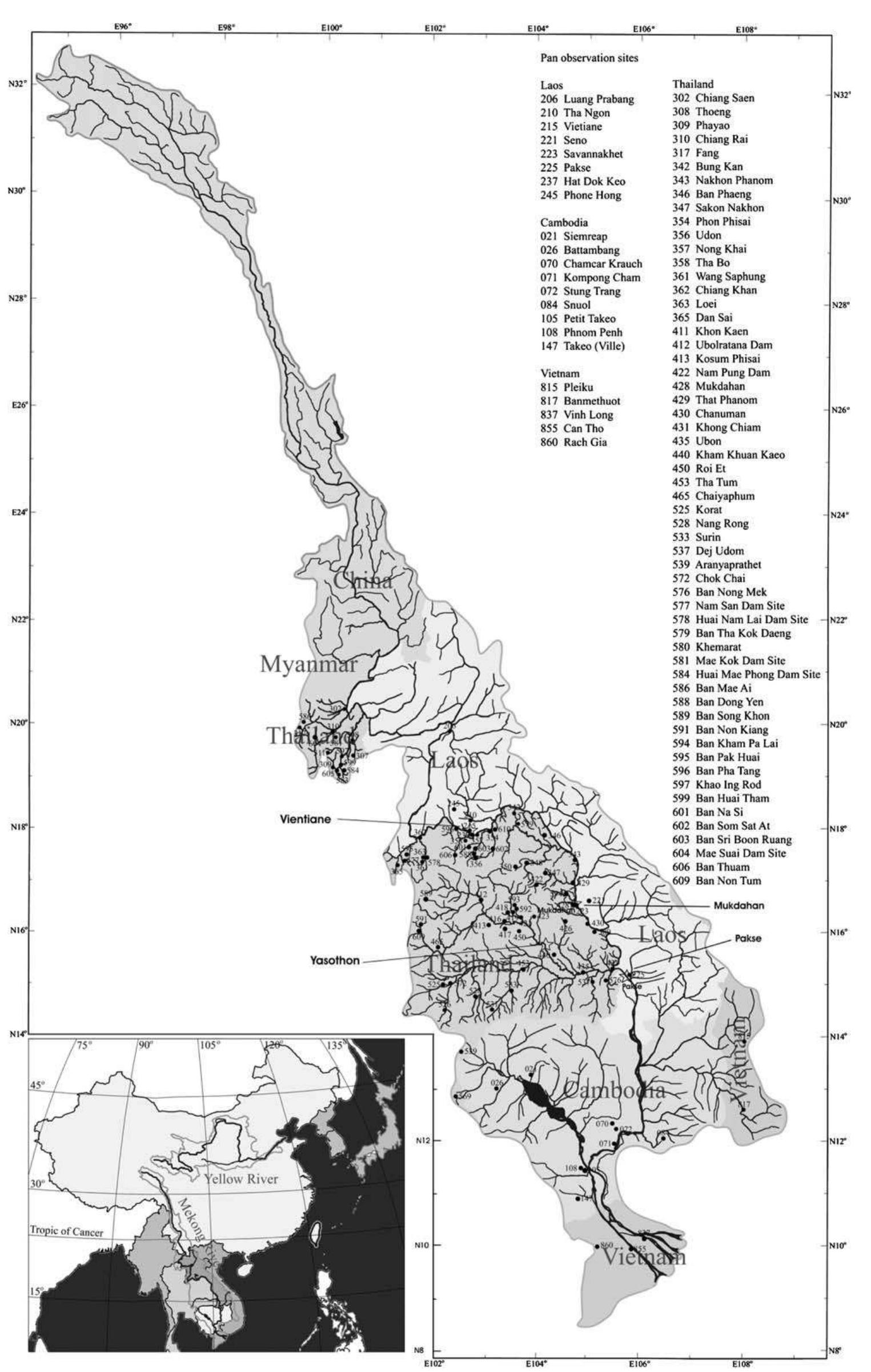Figure 1 – uploaded by Anthony Kiem

Figure 1 Schematic diagram of the S—W model. From right to left, rg and r§ bulk resistances of canopy stomatal and boundary layer respectively, ri and r? aerodynamic resistances from soil to canopy and from canopy to reference height respectively, r: soil surface resistance, Zo, ground roughness length, Zo + do effective height of canopy source, za reference height (=h, +2 m), h, vegetation height, R, and R* net radiations above canopy and to soil surface respectively, G soil heat flux, ET, transpi- ration from canopy, ET, evaporation from soil, ET total evapotranspiration, H sensible heat, Twin and Tmax daily min and max air temperatures respectively, e, actual vapour pressure, C cloud cover, uy wind speed at z, height, hy, observation height for other meteorological variables (usually, w=10m and h,=2m), Zow ground roughness length at weather station.
Related Figures (27)



























Connect with 287M+ leading minds in your field
Discover breakthrough research and expand your academic network
Join for free